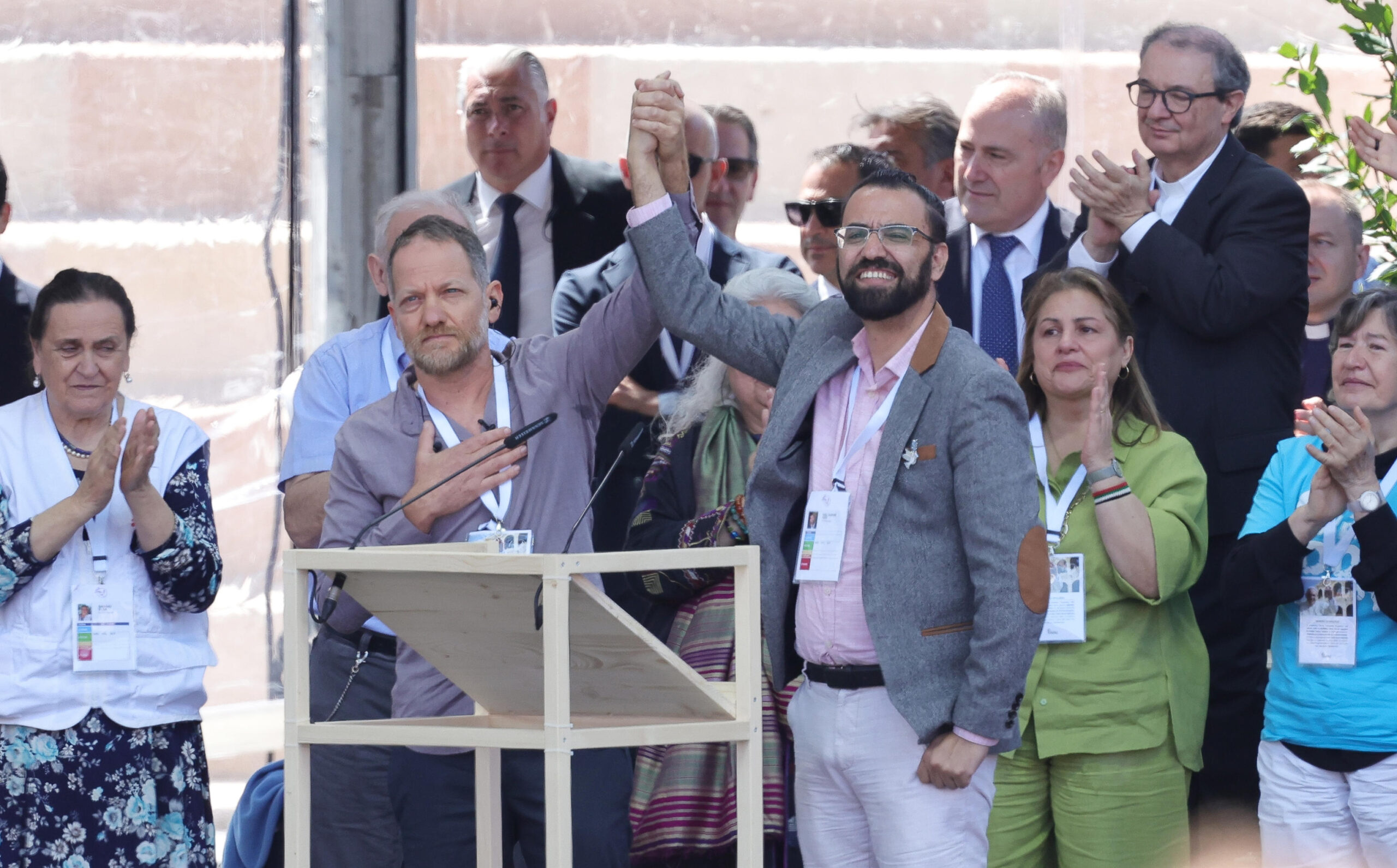Starting from the intuitions of Teilhard de Chardin (union differentiates) and of Chiara Lubich (the “exterior castle”) the article presents the reality of trinitisation as the event of the happening, by grace, of the ontological dynamics of the intratrinitarian perichoresis in bonds between brothers in Christ. In this way, the being of God among us, by virtue of the incarnation of the Word and the effusion of the Spirit, deepens in becoming, within trinitised bonds, an authentic being of God among God. At the centre of this logic, the new ontology of love – the one that shines in the Eucharist – that was manifested in the Passover of Jesus and, in an altogether central way, in the event of the abandonment on the cross, cannot but be revealed.
«È mirabile il disegno di Dio: questo Regno dei cieli, questo castello esteriore in cui Dio è fra noi».
In queste poche pagine desideriamo cercare di illuminare almeno un poco la folgorante esperienza spirituale che …








